Analysis: Olympic and Paralympic Commission Report Could Change Sports-Event Landscape
A detailed look at the key findings of the Commission of the State of U.S. Olympics and Paralympics
Posted On: March 26, 2024 By :The headlines surrounding the recent report by the Commission on the State of U.S. Olympics & Paralympics centered around the future of the U.S. Center for SafeSport, and for good reason. The commission’s work was an outgrowth in part from the sexual abuse scandals at USA Gymnastics and other organizations, and the failure of many in the Olympic movement to prevent unthinkable tragedies that have affected so many athletes.
Tasked by Congress to make recommendations about the future of the Olympic and Paralympic movement — as well as youth and grassroots sports — the 16-member commission issued a 277-page report that is comprehensive in nature. Anyone with a stake in sports should find the recommendations of interest.
While the commission had strong conclusions about how the U.S. Center for SafeSport should be funded and expanded, the report contains many other recommendations that — if enacted — would have a profound impact on the sports-event industry. Those measures would include a potential new federal office to oversee grassroots sports; changes to how U.S. cities bid for Olympic and Paralympic events; changes to how NGB chief executives are selected; new ways for youth sports organizations to adjudicate claims of abuse; changes to how youth sports coaches are trained; and ways to raise the profile and treatment of adaptive sports athletes.
“From the ineffectiveness of piecemeal reforms to a troubling lack of transparency and accountability across institutions, from an opaque and lagging host-city bid process to an absence of effective representation for athletes, the findings from our study together portray a movement at an inflection point,” the report concluded.
Indeed, since the adoption of the Ted Stevens Olympic and Amateur Sports Act of 1978 that established the USOPC’s marching orders, there may be no deeper analysis of the Olympic and Paralympic movement and the amateur sports landscape than the recently issued report. In this special report, SportsTravel looks at the commission’s key recommendations and offers our own analysis of what those suggestions could mean for the sports-event industry.
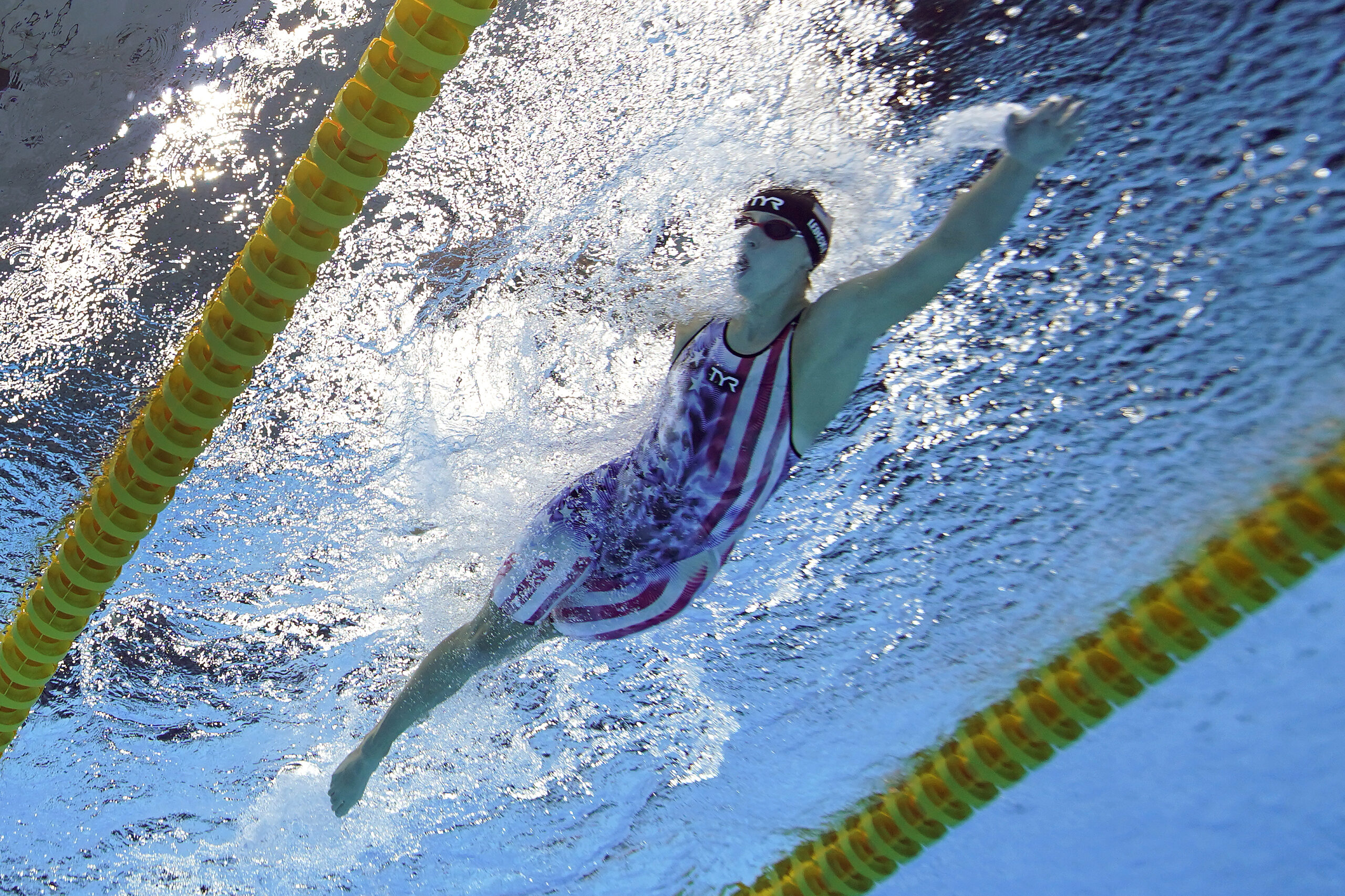
Recommendation #1: Congress should allow USOPC to focus on high-performance athletes and create a new federal office to coordinate and develop youth and grassroots sports.
The report reads: “Congress should move responsibility for coordinating and developing youth and grassroots sports to a dedicated Office of Sports and Fitness under the U.S. Department of Health and Human Services (HHS). Furthermore, it should provide that office with sufficient funding to carry out its mission using competitive-grant programs for state and local governments, the governing bodies, and community-based nonprofit organizations. Such an office would also be charged with setting minimum safety standards and leading practices as well as researching and publishing data on participation and national trends. With this change, USOPC would be able to concentrate on supporting high-performance athletes, ensuring that the strongest national teams represent the United States in international competition, and fulfilling its responsibilities as our National Olympic Committee and National Paralympic Committee.”
Our Analysis: This recommendation would mark a fundamental shift in the focus of the USOPC, calling for the organization to focus its efforts only on elite athletes and removing the notion that it should be advancing the cause of developing amateur and grassroots sports. It has the potential to change the youth sports ecosystem as we know it by creating a new federal department to oversee the industry, track participation rates and serve as a clearing house for grant-based funding, among other recommended tasks. But as the report notes, this all assumes that Congress would be willing to fund such efforts.
For years, the USOPC has struggled with a dual mandate to field competitive Olympic and Paralympic teams while also investing in the beginning levels of those sports. The report notes that over time, the “USOPC’s decision to focus away from its mandate to “coordinate and develop” youth and grassroots sports has had a negative impact on our long-term Olympic and Paralympic talent pipeline.” Yet, that’s what the USOPC was recommended to do in the late 1980s when a commission led by George Steinbrenner concluded that “winning medals must always be the primary goal of USOPC.” As the report notes, this shift has had a number of unintended consequences for the development of youth sports. And yet, the youth-sports industry in the United States has been valued with a market size as high as $30 billion. It is the biggest industry in sports in the country and perhaps also the most disjointed in the number of organizations with a stake. A new federal office to oversee that growth in the future would be a fundamental shift. But how would federal intervention or oversight affect that growth? How would such an office wrap its arms around the youth sports industry and how will it come up with a way to organize it, monitor it and track trends? These are all major questions with a profound potential impact.
Recommendation #2: Congress should make SafeSport fully independent so it can earn athletes’ trust and be held more accountable to the movement and the public.
The report reads: “In order to ensure that athletes can fully trust SafeSport to protect them and root out abuse in movement sports, Congress must make it completely independent of USOPC and provide direct appropriations to enable the success of its mission. In doing so, lawmakers should follow the successful funding model that has worked for USADA and made it a beacon of confidence within the movement. If athletes’ safety is as much of a public value as fair competition, SafeSport needs to have public support. The $20 million annually that USOPC must currently provide to SafeSport should instead be reinvested in improving conditions for our high-performance athletes so they will be less vulnerable to abuse.”
Our Analysis: SafeSport got a lot of attention — and criticism — in the report. But if the end result that the center receives adequate funding from Congress to carry out its mission, then that may be criticism worth enduring. The U.S. Center for SafeSport, whose funding now comes from the USOPC and the NGBs, has been begging for more funding to carry out its mission. The amount it gets right now is not even close to what it needs. Should this get actual action in Congress, an accurate amount of funding would not only be welcomed by SafeSport but all of the Olympic movement and beyond.
[From 2019: Ju’Riese Colon discusses the challenges ahead for the U.S. Center for SafeSport]
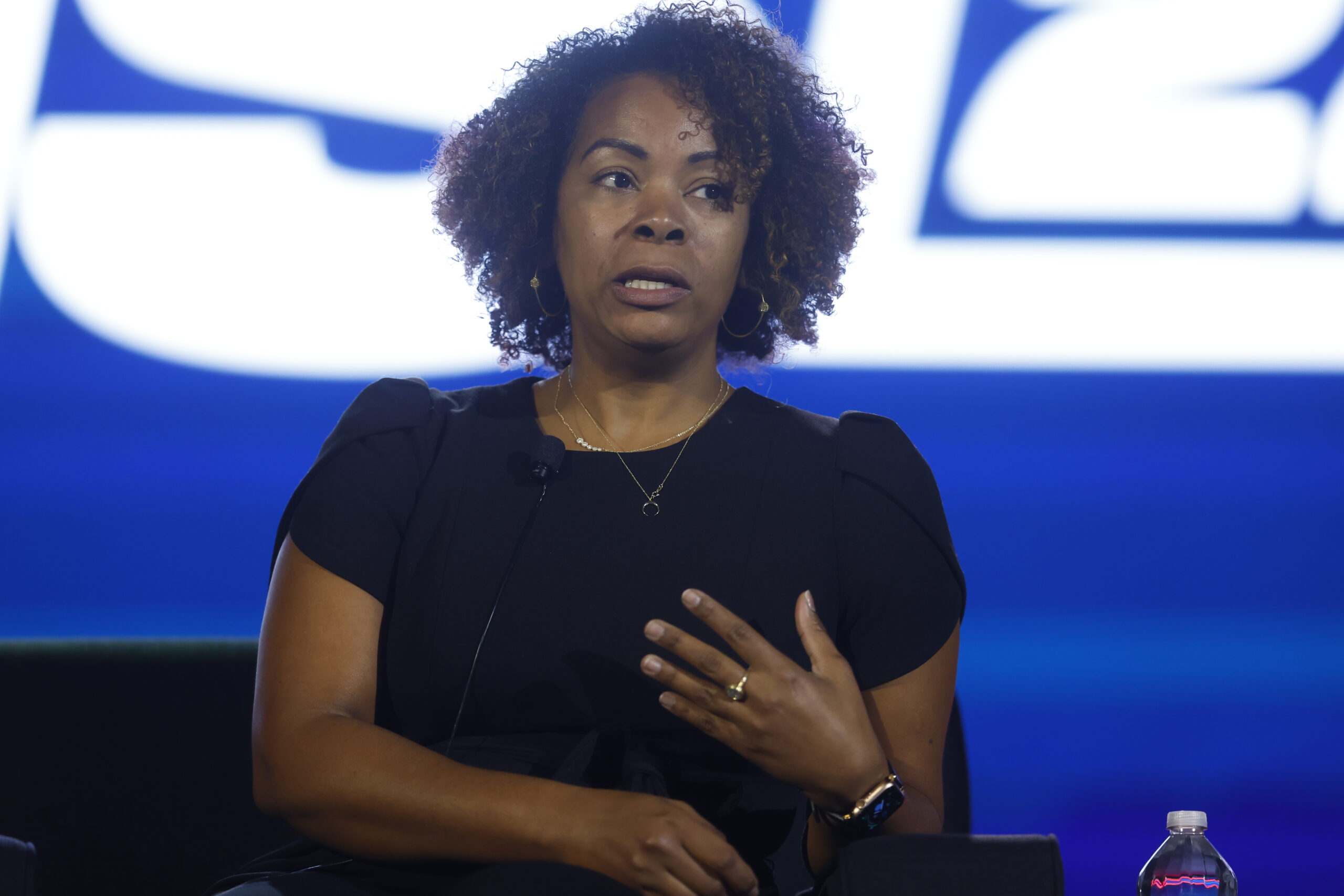
Recommendation #3: Congress should reform certain SafeSport practices and reimagine the way SafeSport operates at the youth and grassroots level.
The report reads: “Congress must ensure that SafeSport has the resources it needs to clear its growing case backlog and no longer has a financial incentive to dismiss cases administratively. Additionally, the system of requiring governing bodies to pay for SafeSport must end, as it disincentivizes them from assisting victims in coming forward to file claims. Congress should also prevent SafeSport from closing cases administratively when the only reason given is because victims decline to participate in the investigative process and risk re-traumatization. Participation in the Centralized Disciplinary Database should be expanded to include more offenders, and the Commission encourages the NCAA to require its member institutions to share information with SafeSport about sanctioned or dismissed individuals for inclusion in the database. … At the youth and grassroots level, Congress ought to consider two proposals for how SafeSport handles cases, either through a regional system or through an accreditation-based system—or both.”
Our Analysis: The sports industry may not realize how many SafeSport cases stem from the youth and grassroots level. Especially since the pandemic, the number of cases reported to SafeSport has skyrocketed and, with the lack of real funding and staffing for such a caseload, that has led to reports being investigated way too late for anybody’s satisfaction. The need for appropriate staffing and funding at all levels for SafeSport is mandatory for the organization to do its job properly, to investigate cases to completion and that is how you shift the perception of the organization and put it on a path to be as respected as the U.S. Anti-Doping Agency. (an organization that gets some of its funding from the federal government). The notion of a regional system would appear to be a reasonable solution but would by its nature require even more funding from Congress to make happen.
Recommendation #4: The terms “amateur” and “amateurism” should finally be retired from the U.S. Olympic and Paralympic movement and athletes’ rights should be enshrined in law.
The report reads: “Congress can help by striking the term from the statute, including by renaming the Ted Stevens Olympic and Amateur Sports Act as the Ted Stevens Olympic and Paralympic Sports Act. Meanwhile, USOPC, governing bodies, and stakeholders across the movement should participate in a culture change by refraining from using the term “amateur” across all communication. Words matter, but actions matter more. That is why Congress should use this opportunity to recognize under law that American athletes, when participating in movement sports, have certain fundamental rights, including a safe and abuse-free environment, name-image-likeness (NIL) rights, freedom from retaliation, an affordable fee structure for national-team-selection competition events, and a timely dispute-resolution process as it relates to competition and team selection. Moreover, Congress should ensure that health-insurance coverage for athletes in movement and collegiate sports are aligned so nobody loses rights when moving between these different sport contexts—as so many frequently do during their years of training and competition.”
Our Analysis: The world of sports is changing at a rapid pace and nowhere more than on the issue of who is considered an “amateur” in the collegiate or Olympic space. NIL rights in particular, have made the notion of college athletes or Olympians and Paralympians being “amateurs” a term of the past. This is a subtle but bold suggestion that calls things as they are in the current landscape. If anything, the recommendation of ensuring health insurance for athletes also seems too easy to adopt.
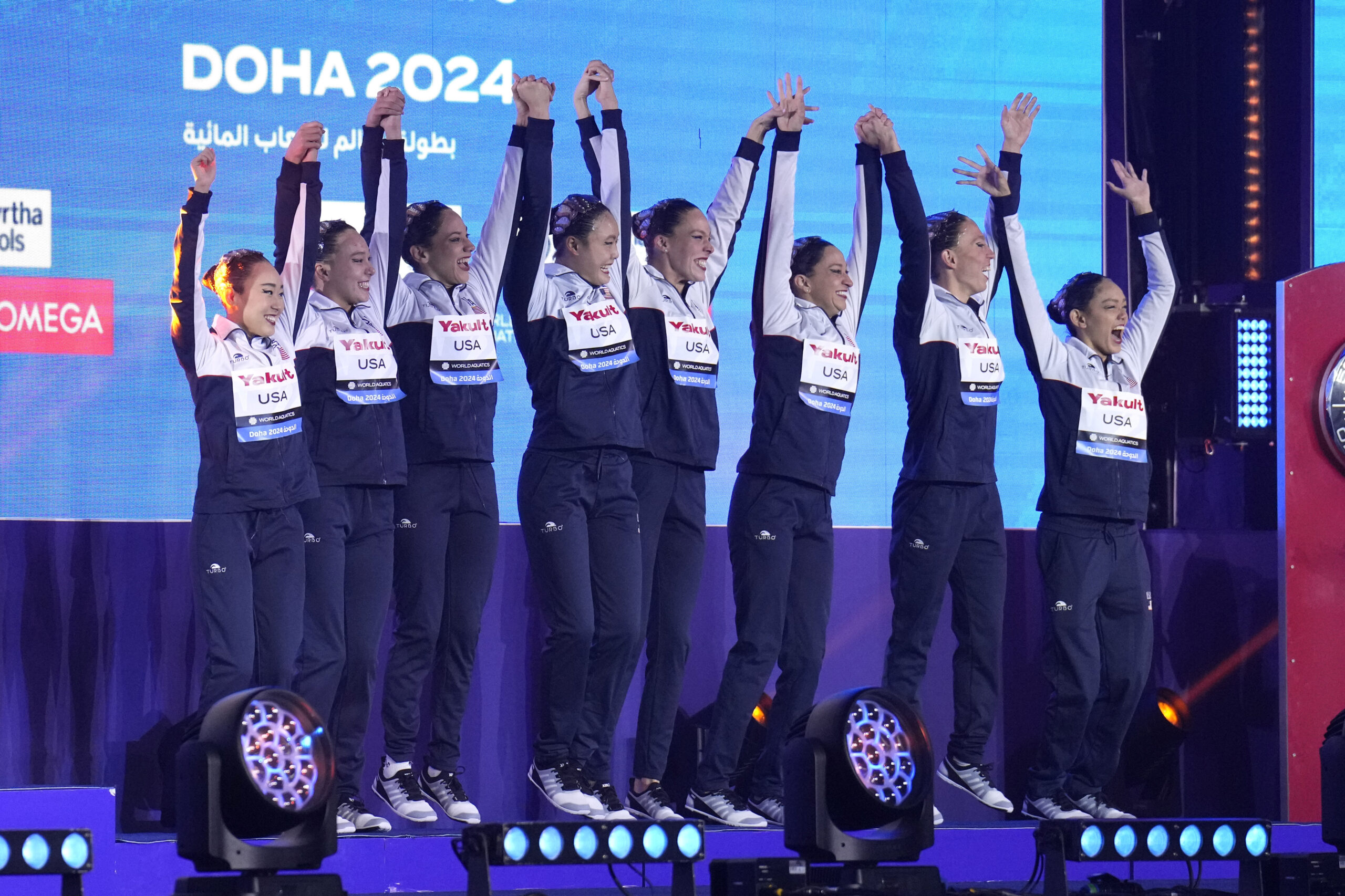
Recommendation #5: USOPC governance processes must be improved.
The report reads: “In order to ensure that executives fully understand the experiences of the athletes they serve, USOPC should adopt a rule by which a candidate meeting the required qualifications who is a former high-performance athlete must be interviewed for every vacant executive position. The Commission is also recommending that USOPC formally implement a tiered system for the governing bodies so that resources and obligations alike can be equitably distributed and with a greater positive impact. … We also encourage USOPC to contract with a professional management organization in order to lessen the administrative burden on small and medium-sized governing bodies.”
Our Analysis: The idea of having former athletes be part of a mandatory interview process has some intrigue (though it must also be said that it’s not unusual at present to have former athletes throughout an organization’s executive level). As the commission noted, this would a form of “Rooney Rule” for the Olympic movement similar to the NFL mandate to include minorities in hiring searches and as a result would be an interesting trend to watch if it affects who could become a chief executive officer. As for how a tiered system will help distribution of resources and requirements, the NGB space has long been a world of haves and have nots with bigger organizations having more resources and capabilities, so anything that aims to level the playing field for smaller NGBs should be applauded.
Recommendation #6: Congress should strengthen athletes’ representation by making the Team USA Athletes’ Commission fully independent.
The report reads: “… Congress should … make the Team USA Athletes’ Commission completely independent and clarify its responsibilities to athletes. … This entity should have an explicit role in representing athletes’ concerns to USOPC, the governing bodies, SafeSport, and USADA on athletes’ behalf on issues concerning arbitration processes, athlete-funding criteria, health-insurance eligibility, and national-team-selection criteria. Once the Team USA Athletes’ Commission has been made fully independent, it should nevertheless continue to facilitate the election of athlete representatives to the boards of USOPC and the governing bodies.”
Our Analysis: Allowing the Athletes’ Commission to be fully independent would be, in effect, making it an ombudsmen to the Olympic movement and that’s not a bad thing. Having oversight could improve situations for athletes and organizations alike (should it be fully financed, which, again, may prove difficult). It sounds like good policy.
Recommendation #7: Congress should enhance public oversight of the movement to ensure transparency, accountability, and due process at all levels.
The report reads: “… it is essential that Congress establish a firm process of public oversight, which may take one of four forms. The first option is a Senate-confirmed, multi-agency Inspector General for Sport serving the leaders of USOPC, SafeSport, USADA, and an independent Team USA Athletes’ Commission. The second is a dedicated mission team within the General Accountability Office issuing regular audits and reports to the Congressional committees of jurisdiction. The third is an Office of Special Counsel for Sport—similar to the current U.S. Office of Special Counsel—operating independently within the federal executive branch, and a fourth option would be to expand the authority of the current HHS Inspector General to cover the movement’s quasi-governmental institutions. Regardless of which option Congress selects, there must be routine, regular, and comprehensive oversight. … Congress should also require, as part of this oversight, semi-annual reports assessing whether athletes are receiving sufficient financial support in light of the level of compensation afforded to executives at these four entities and within the governing bodies.”
Our Analysis: Oversight can be good. This provision would call for a regular and steady federal oversight of the Olympic and Paralympic movement, something that has only come in recent years through the types of commissions like the one that issued the current report, or in response to scandals within the movement. There are many questions left about what this oversight would eventually look like, and whether it could become politicized by the nature of the high-profile that comes with elite-level sports. But accountability is never a bad thing if it can become regular and consistent. And while some NGBs leaders do have compensations that reasonable people could consider excessive, many of the small-NGB leaders do not. Who will decide what is excessive and how that will equate to what athletes should receive?
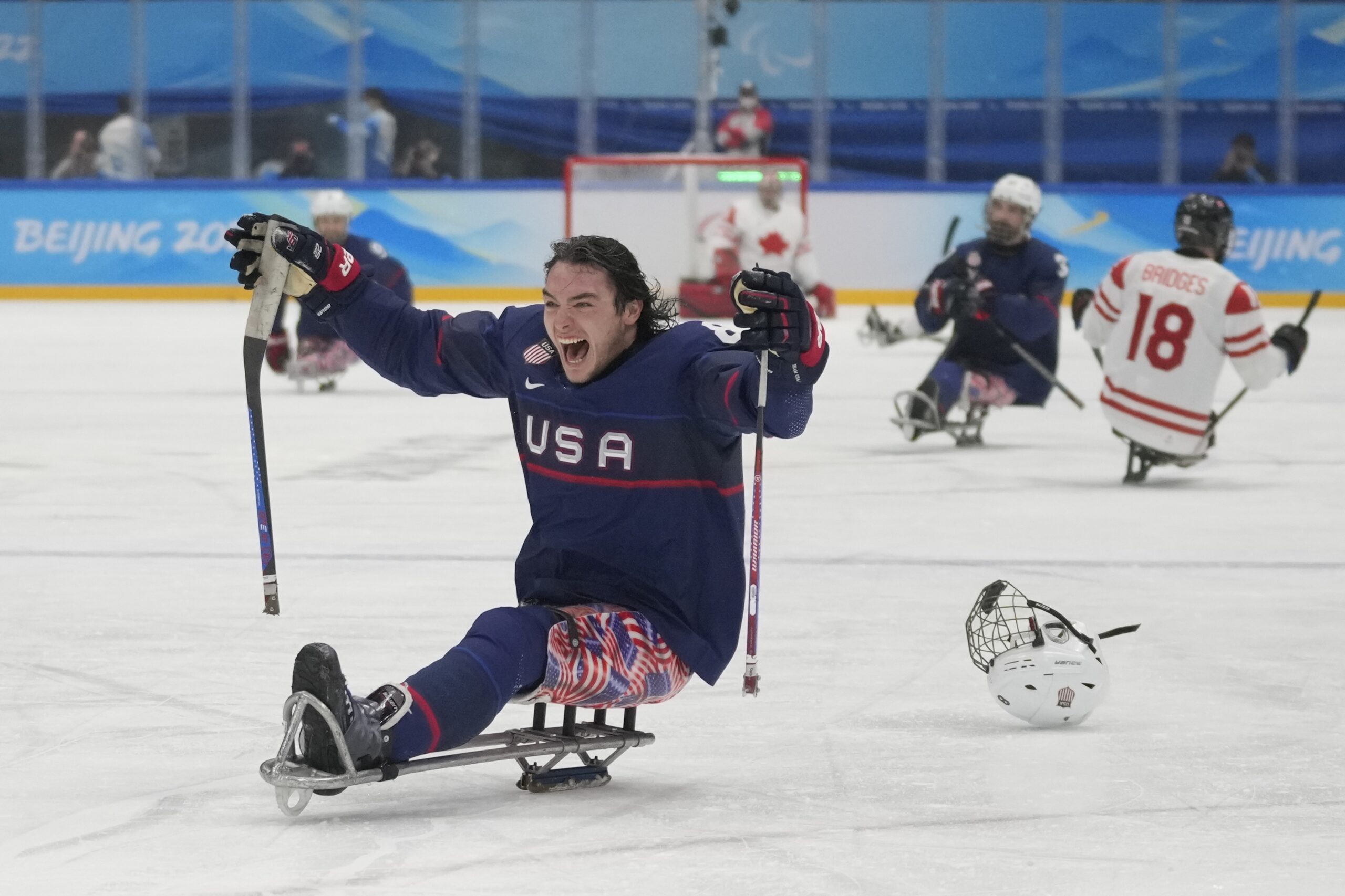
Recommendation #8: Access and equality for Paralympians and those participating in para sports at all levels must be improved.
The report reads: “… USOPC should fund Olympic and Paralympic athlete support and sports development equitably and use its influence within the IOC to use that body’s monopoly over licensing to negotiate equitable television and streaming coverage for future Paralympic games. While parity has now been achieved for Operation Gold payments to U.S. Olympians and Paralympians, USOPC should use its position within the global movement to promote equality in prize awards for those in para and non-para sports who medal at world-championship-level competitions. At the federal level, a new Office of Sports and Fitness under HHS should be directed to launch competitive-grant programs dedicated to making school gymnasium and fitness facilities universally accessible as well as to publish and disseminate materials providing information about opportunities for Americans with disabilities to participate in sports and fitness programs where they live. The Commission also encourages the NCAA to work with its member institutions to add and expand para sports programs and treat them as varsity-level sports at the highest levels of competition.”
Our Analysis: A deep read of the commission’s report exposes some troubling realities when it comes to adaptive and Paralympic sports. One section notes that “nine-time Paralympian and LA28 Organizing Committee Vice Chair Candace Cable shared with us that she became involved with the Organizing Committee after raising concerns about the lack of Paralympic symbols and inclusion at the LA28 logo unveiling ceremony. Ms. Cable related that afterward: ‘I started to show up at the [LA28] office and see how things were run, and I saw that there was no Paralympic representation at all. There was no person with a disability that had any visibility in it.’”
While the USOPC has made efforts at inclusion (including adding “Paralympic” to the organization’s name) there is clearly more work to be done, especially in working with local organizing committees to ensure the USOPC’s goals of inclusion are being met. Like many areas of the report, a key question is how funding would be identified to help an Office of Sports and Fitness establish grant programs to make public-school gymnasium and fitness facilities fully accessible. But there is clearly more work to be done in this area.
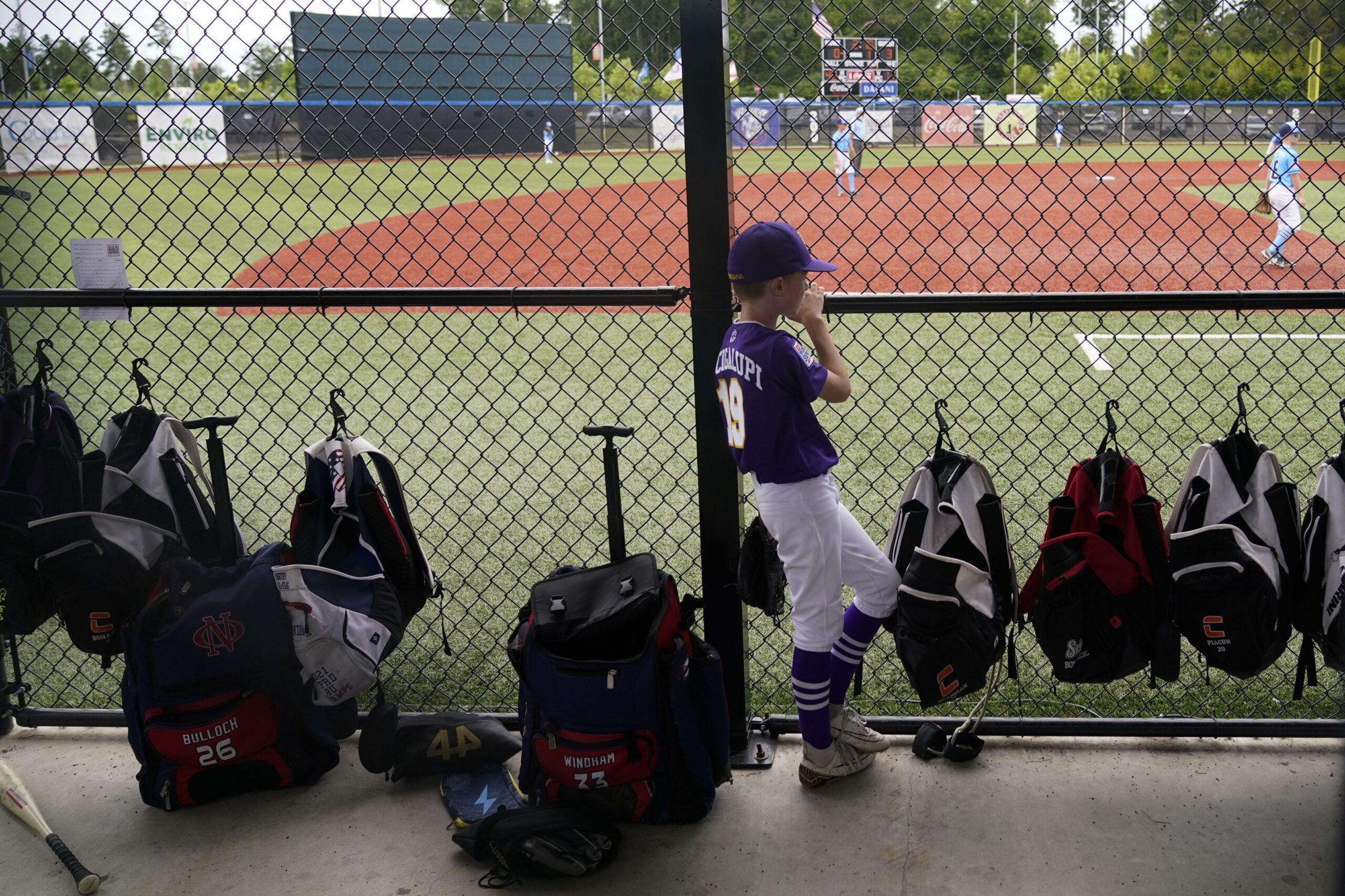
Recommendation #9: Congress, state governments, USOPC, the NCAA, and other stakeholders should take concrete steps to improve equitable access to movement sports.
The report reads: “If all Americans are to have equitable access to the benefits of Olympic and Paralympic sports, Congress, states, and movement institutions will need to take a number of actions to address persistent gaps and challenges. First, to promote wider participation—and recognizing the link between household income and children’s access to sports—Congress should make certain costs associated with youth-sports participation tax deductible for families with primary- and secondary-school-aged children. States can help facilitate age-appropriate play and sports engagement by requiring daily recess periods for elementary and middle schools and physical-education classes at least twice per week. A newly created Office of Sports and Fitness under the HHS should establish a competitive-grant program to upgrade, repair, and expand public sports facilities as well as launch new leagues and clinics in under-served communities.”
Our Analysis: The idea of having youth sports participation costs potentially tax deductible is an innovative solution and could help many families whose struggle with the cost of youth sports. And the idea of having federal grants (again, the money question is key) to expand access to movement sports is welcomed. Will this idea of a newly created HHS office work with the adaptive sports community and help fund those organizations, several of which have existed for a long time and have deep roots and connections to developing Paralympians? Doing so would be critical in our view.
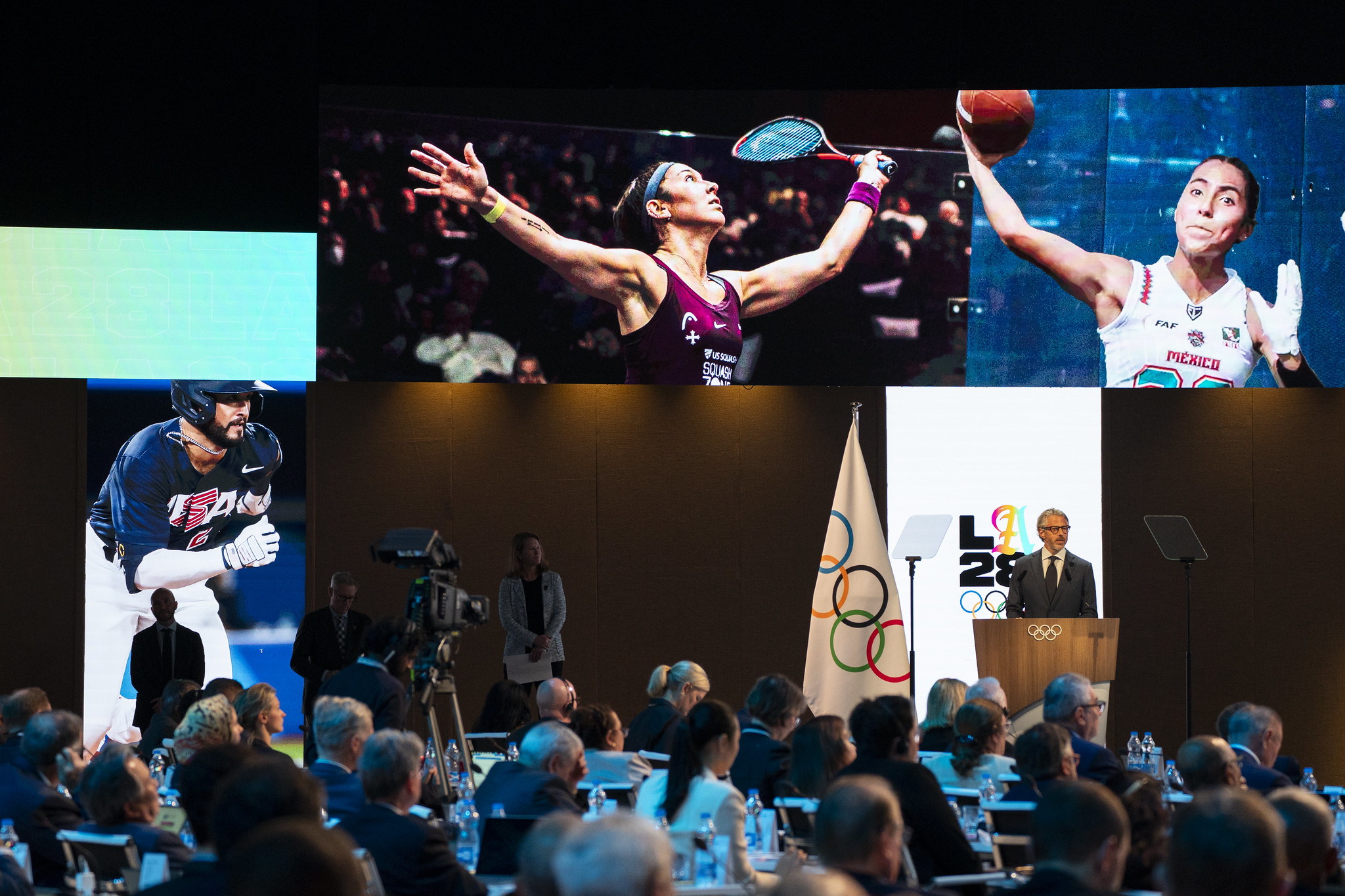
Recommendation #10: USOPC should adopt a new model for organizing U.S. bids to host the Olympic and Paralympic Games.
The report reads: “(The USOPC) should encourage future bids to consider spreading the games farther in order to defray costs and increase the games’ positive impacts more broadly than just one metropolitan area. America should play host to the games, not only a single city. Moreover, bids should prioritize temporary venues over permanent ones wherever it is economical to do so, and athlete villages ought to be constructed in separate clusters so that new affordable, medium-density housing can be placed where it is most needed after the games end. … bid planners should be encouraged to think creatively about scheduling the Olympics and Paralympics, exploring benefits that might come from holding both games concurrently.”
Our Analysis: Any of these recommendations will be long-term prospects given that LA28 and the all-but-guaranteed 2034 Olympic and Paralympic Winter Games heading to Salt Lake City would preclude any future Olympic and Paralympic bids from the U.S. for at least a decade, maybe even two decades. Some of the recommendations, including having events in temporary venues, have already been a point of emphasis for the IOC and are not groundbreaking. But the notion of a U.S. bid and not a city-specific bid would be game-changing in the way U.S. cities approach potential involvement in the Games. How would they work together in such a process and who would determine which events would be located in which cities? How would cities be allowed to activate around those events, seek sponsorships to defray costs or promote visitation to multiple sites? While the idea of having a regional Games bid does have merit, there are also limits to what the IOC would consider in the future. For example, the 2038 Winter Games bid from Switzerland is centered around the idea of events being hosted around the country and the IOC has said it would prefer a tighter geographic area. And did the Commission take its idea about athlete villages being turned into affordable housing from the Paris 2024 organizing committee?
What is intriguing is the idea of pushing the IOC to consider having the Olympic Games and Paralympic Games held concurrently, which is a decision that would have to be made by the IOC and the International Paralympic Committee, and not one likely to be determined by a future Games host. There is a train of thought that organizing both Games at the same time would lead to the Paralympics being overshadowed; but wouldn’t the Paralympics be given the chance to be experienced by even more people whether in person or, given the number of streaming options, right alongside Olympians? While at first glance it may not sound like a feasible idea, there may be an appetite within the Paralympic space to explore the idea further.
Recommendation #11: Congress, USOPC, governing bodies, and other stakeholders should partner to improve coaching at all levels.
The report says: “Well-educated coaches dedicated to their sports and to the values of the Olympic and Paralympic movement are an essential ingredient in the success of movement sports in our country. That’s why policymakers and movement stakeholders together should begin a national dialogue on ways to improve coaching at all levels. The American Development Model ought to be universally adopted as the foundation for coaching in this country, and its embrace of multi-sport sampling and age-appropriate play should guide coaches as they help Americans access sports’ many lifelong benefits. States should encourage public colleges and universities to tap into already-existing course offerings and design degree or certificate programs in coaching and coaching-related fields. At the same time, USOPC, governing bodies, and movement stakeholders should partner to launch new opportunities for volunteer coaches as well as for parents and guardians to receive training and education so all can understand the American Development Model and how to build and sustain healthy coach-athlete-parent/guardian relationships while fostering life-long in service to the public good.”
Our Analysis: There are multiple potential crises lurking in the youth sports movement, and several of those center on the difficulties of attracting and retaining quality coaches and officials. Without properly trained coaches, fewer kids will get the training and motivation they need, which could have a profound impact on the youth sports industry in the long run, so recommendations to boost that pool are welcome. The ADM has been a successful model in many sports to get kids sampling sports in size-appropriate venues with size-appropriate equipment. And the leaders of the Olympic movement have long been advocates of having kids sample multiple sports instead of specializing. It’s encouraging to see the commission support this notion as well. Getting the buy-in of parents into these programs is essential as well. As anyone involved in youth sports knows, sometimes overzealous parents can be the biggest hinderance to the experience of the youth looking to gain something out of the sport.
Recommendation #12: Congress and state legislatures should think creatively about new and supplementary funding sources to support youth and grassroots sports and the safety and well-being of our high-performance athletes.
The study reads: “With the Commission recommending that Congress take responsibility for supporting youth- and grassroots-sports development through a new Office of Sports and Fitness under HHS, it should look for new and creative ways to raise additional revenues to support safety in, access to, and participation in the U.S. Olympic and Paralympic movement. Lawmakers may wish to consider options that include an excise tax on legal sports betting, which is now permitted across a growing list of states, as well as a voluntary donation checkbox on federal income-tax filing forms and a national sports lottery. States are also encouraged to explore these options as they seek new ways to support youth and grassroots sports at the state and local levels. One or more of these creative funding options might also be used in the future to provide SafeSport and the Team USA Athletes’ Commission with independent funding.”
Our Analysis: We’ve questioned throughout the report where the money for some of the commission’s ideas would come from, and here is one hint. The chances of having revenue raised through a tax on legal sports betting is a good idea — and probably should be broadened if anything to other types of lotteries. The idea that money, however, will be raised from people checking a box on their tax forms seems a stretch. But a federal program that diverts sports betting money to the cause of youth sports could lay the foundation for many projects to come.
Posted in: Adaptive Sports, Main Feature, National Governing Body, Olympic Sports, Paralympic Sports, Perspectives, Youth Sports